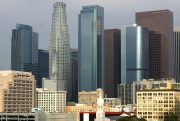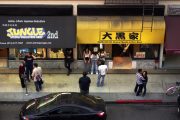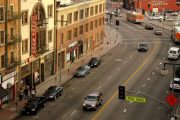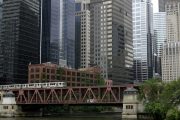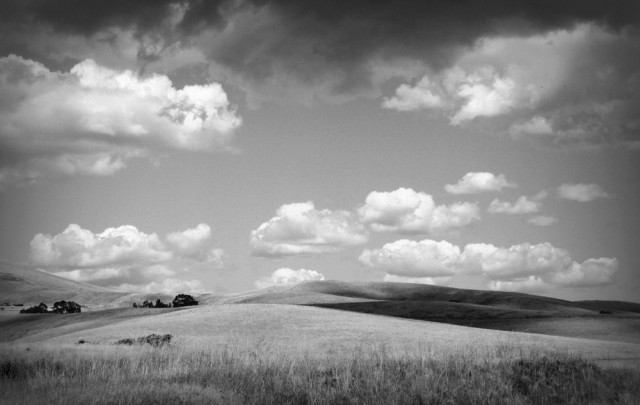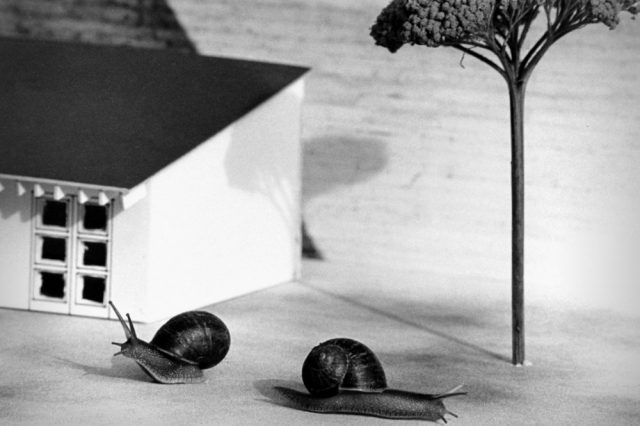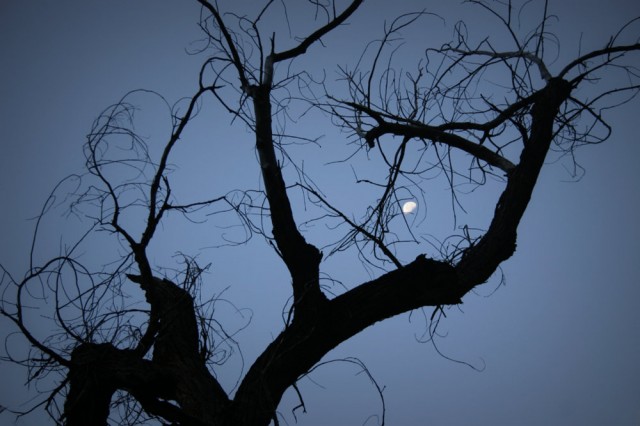A Strategy for Staying Home
Susan Sontag once wrote that travel becomes a strategy for accumulating photographs. Why not save the planet and shoot your pictures from a window at home.
Photographer Andre Kertesz shot many photographs from above or from a window. 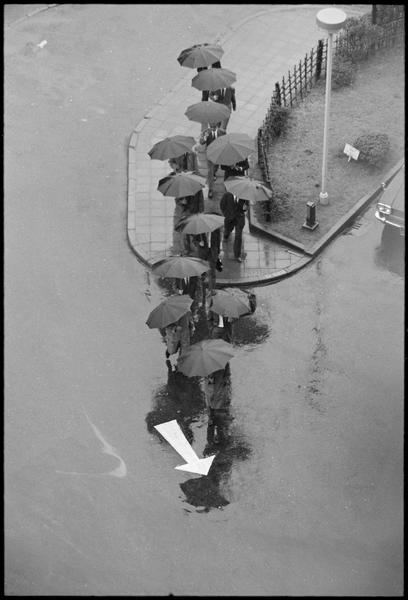
Also, I remember a New York City woman in her eighties who rarely left her apartment, but shot memorable street photographs from her apartment window.
“When I was young, the Dead Sea was still alive.” George Burns
The most famous use of through a window photography was in Alfred Hitchcock’s movie “Rear Window”(1954), where a photographer with two broken legs is confined to his apartment. The photographer, played by Jimmy Stewart, even discovered a murderer while spying on his neighbors through an open window with his camera.
See a clip from the movie “Rear Window” below: ( Grace Kelly plays the girlfriend)
Photo Tips for Shooting through a Window at Home
-
Open the window if possible to avoid glare
-
If you can’t open the window, get as close to the glass as possible or put your lens against the window to cut down on glare
-
Turn off your flash
-
Use exposure compensation to underexpose (-) the scene by a third to one stop
-
Follow the general photography rules and don’t shoot outdoor scenes between ten and four unless you’re shooting through tinted glass.
-
Hold your camera with two hands and keep your arms close to your body when you don’t use a tripod
Photo Tips through Windows when You Must Travel
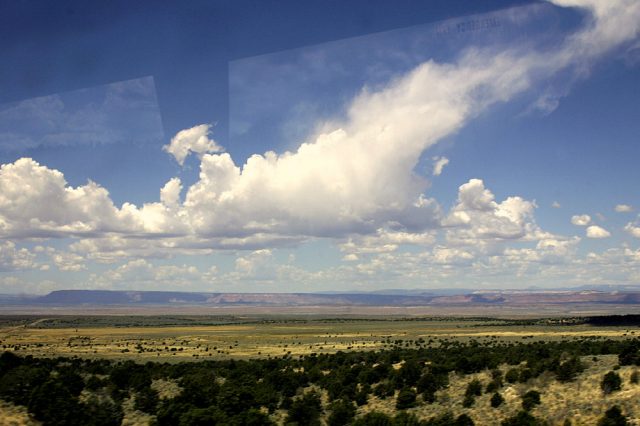
If you must travel, take a bus or car. I shot this photo with a high shutter speed late morning from a moving bus in Northern Arizona. When you are moving, use a high shutter speed to keep things in focus. I like the reflection in the window, but you can avoid it by pressing your lens against the window. Unfortunately, you will also pick up more motion from the moving bus when you lean your camera against the glass.
When you stay in a hotel, always ask for a view and change rooms or hotels often for the best variety of shots. The following photos were taken from windows in two different rooms at the Miyako Hotel in downtown Los Angeles.
For the richest colors, take advantage of the golden light up to an hour after sunrise and an hour before sunset as in the above shots
Copyright ©, 2013 M. Hutchison

